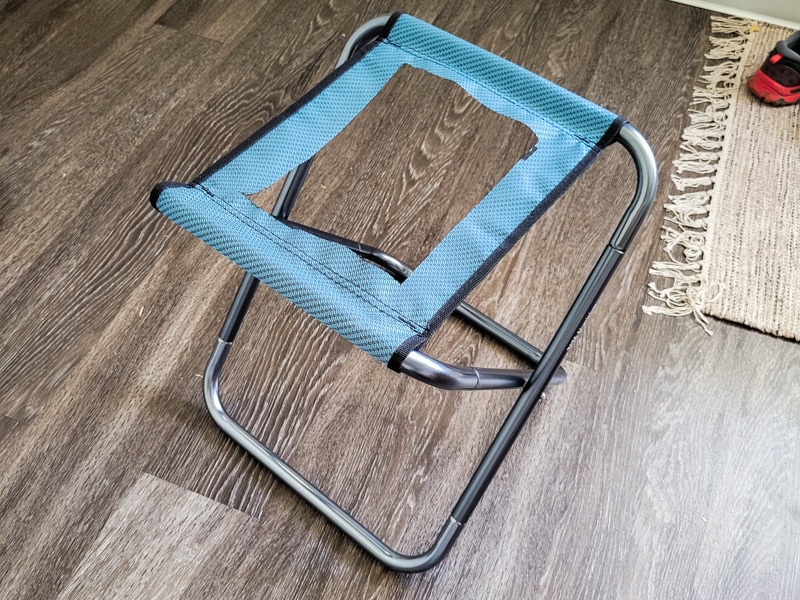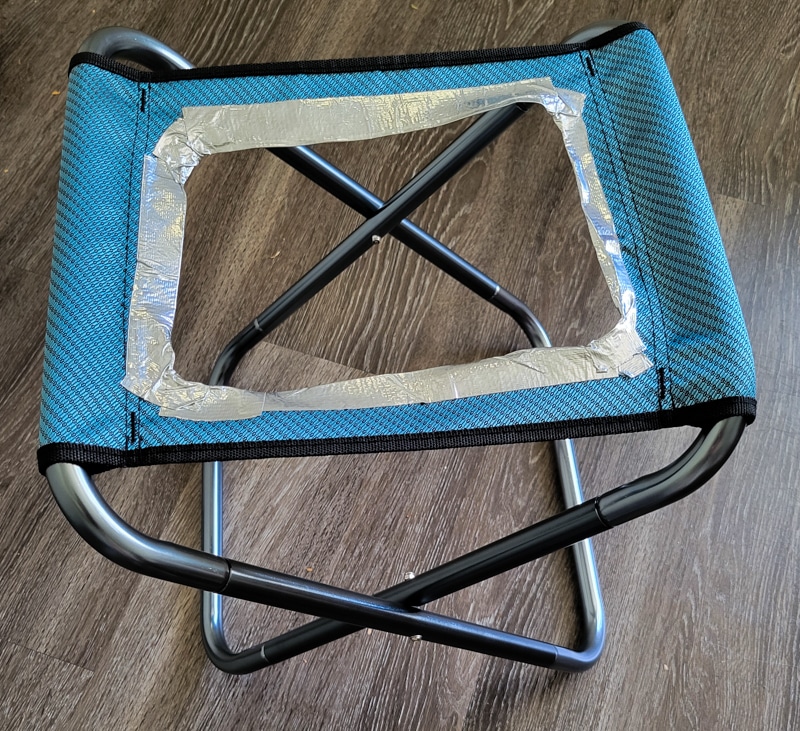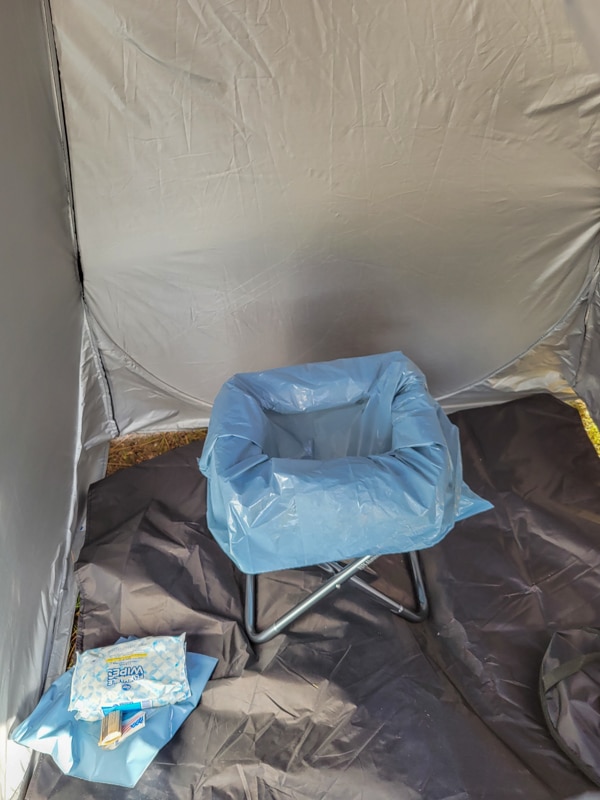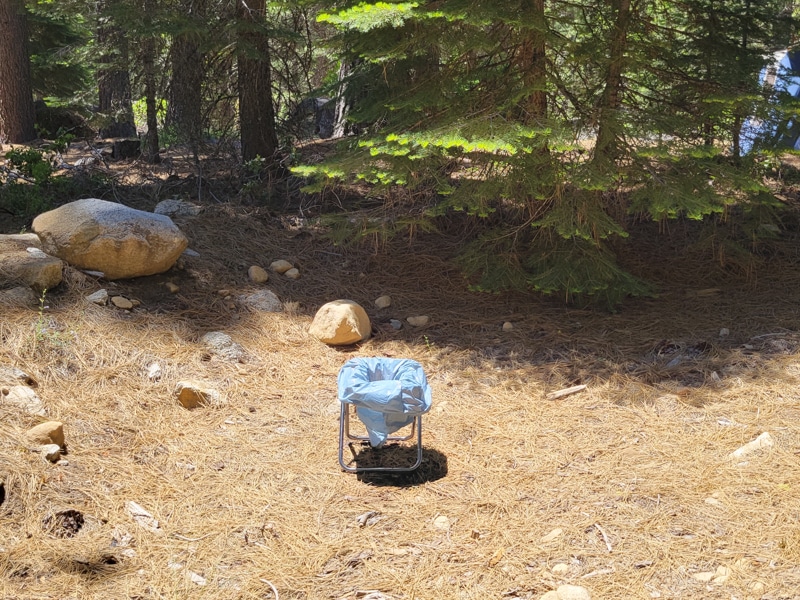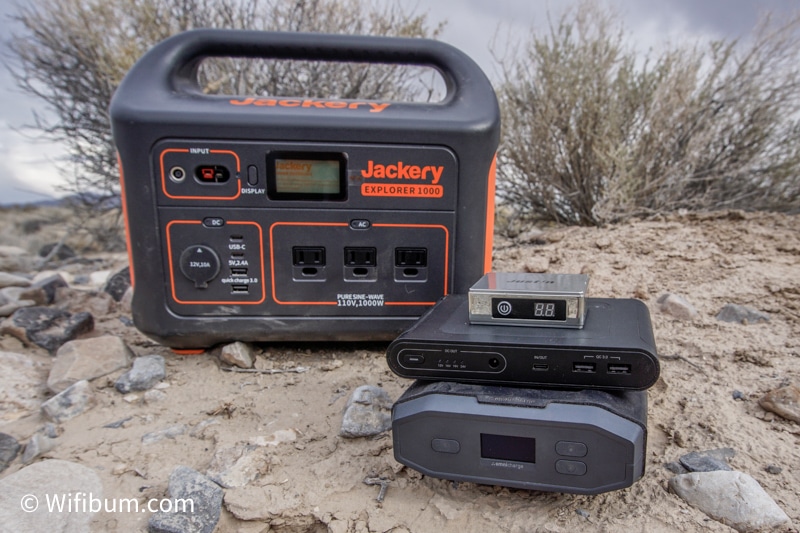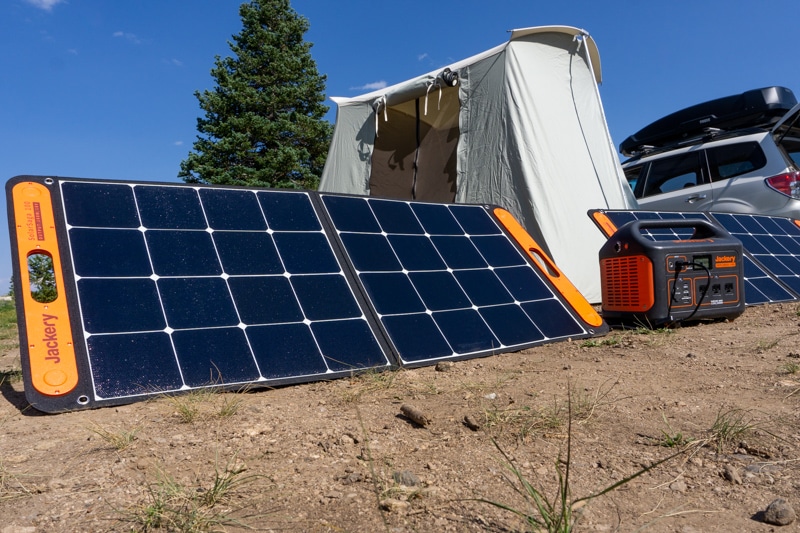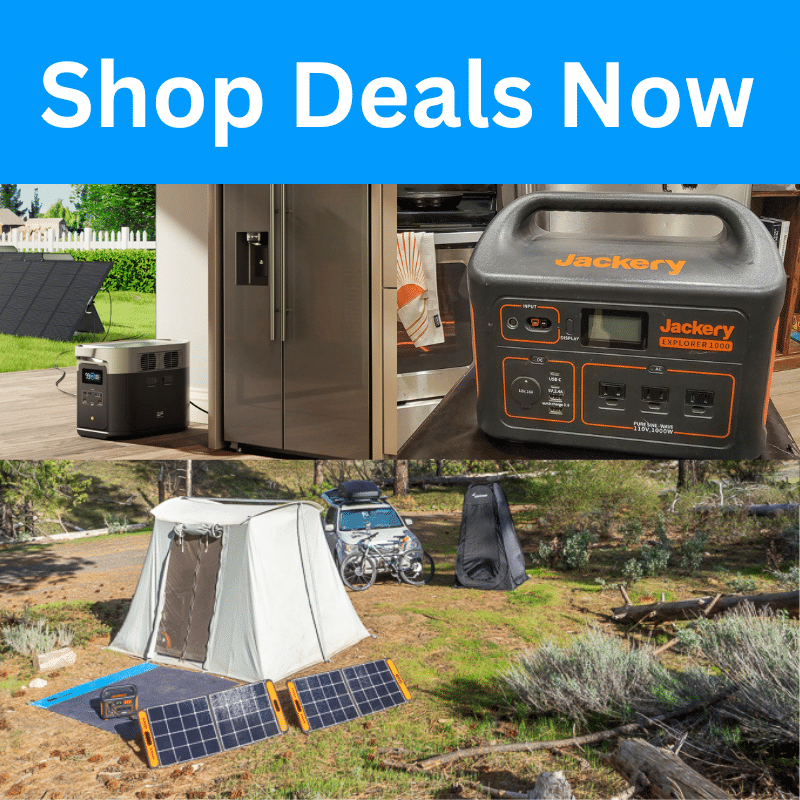Dispersed camping on Bureau of Land Management land (BLM) and other public lands is free for a reason. There are typically no amenities nearby.
No water, no electricity, no toilets, and no trash cans. Many areas do not have cell service so coordinating large groups can be more difficult especially when there are last-minute change of plans.
Although, now it’s a little easier to find spots with portable wifi devices for camping or in an RV.
You not only need to be prepared to bring everything in, you also have to pack out all your trash and waste.
So let’s see how you can address the lack of amenities while leaving no trace.
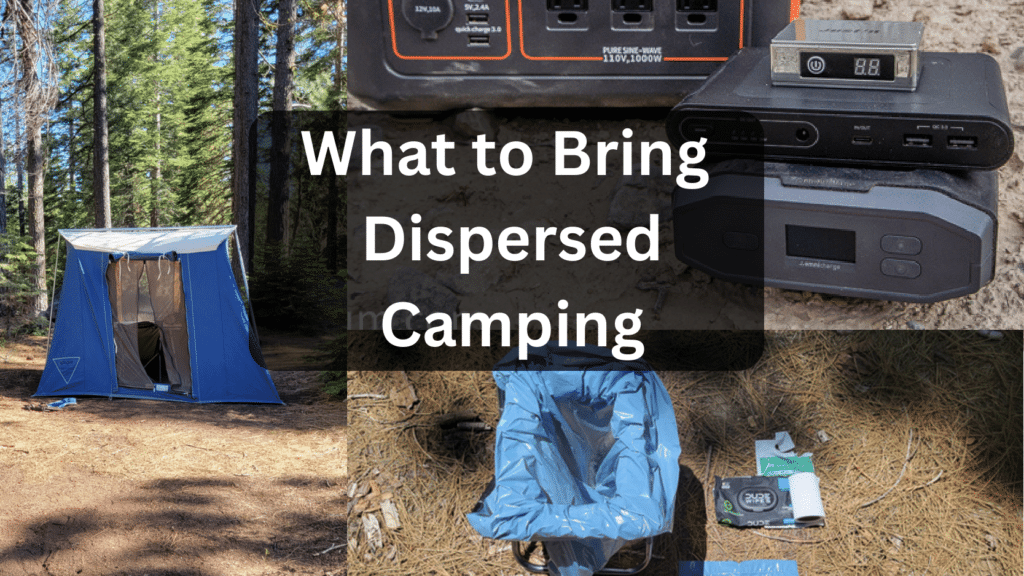
What Do You Need to Pack for Dispersed Camping?
In this article, I’m going to assume you know you need a tent and other camping basics. I’ll focus on the major differences in what you need compared to a traditional campground.
REI has a great camping checklist to get you started.
The gear below is for dispersed camping without amentities.
How Much Water to Bring Dispersed Camping?
You should bring 2 gallons per person, per day when dispersed camping as a starting point. Add or subtract to that number depending on how active you plan to be, nearby water sources, and your experience.
Scepter water cans and other large water containers are great for dispersed camping.
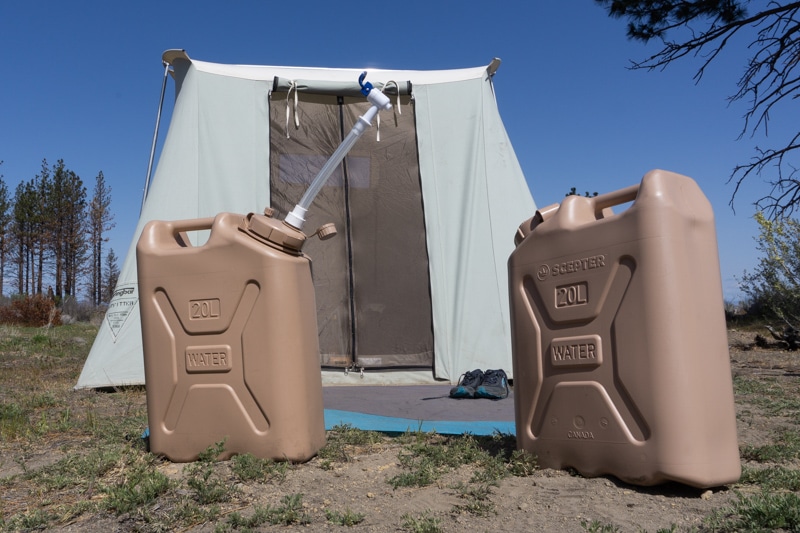
Water is needed for drinking, cooking, dishes, and basic hygiene. If you’re using a portable shower, you’ll need to account for that as well.
Bringing ample water allows you to avoid long trips to town to fill up.
I use Scepter 5-gallon water storage containers (review) for most of my trips.
If it’s a weekend, one 5-gallon water container is good for two people.
However, most people underestimate how much water they need camping especially if they are being active. So, it’s good practice to bring extra for other less experienced campers.
Bring a Self-Contained Toilet
Occasionally, some free camping areas will have a pit toilet or be near a trailhead that has one. Most are disgusting and are not serviced regularly.
If you don’t have an RV or some other more permanent toilet solution, then there are two great options.
One is to purchase single-use wagbags. A wagbag is a leak-proof bag containing gels or other materials that help absorb the odors of your solid waste. When you’re done, you shut it close and toss it in the trash.
It sounds gross, but it’s actually common practice in fragile backcountry areas.
A way to make it more “normal” is to make a DIY camp toilet and use wagbags to catch the waste.
My current solution is a $20 amazon camp stool (pun kind of intended) along with a CleanWaste-branded wagbag. I cut a hole in the stool, lined it with duct tape so it didn’t rip into the fabric, and then I place a CleanWaste bag inside it.
Some will use a privacy shelter to put this DIY toilet inside if you have neighbors around.
You can also use a 5 gallon bucket with wagbags. Some buy a composting toilet, and some dig holes.
I urge you to find a solution without digging holes unless you plan to pack out your toilet paper.
Too many campsites are full of toilet paper from campers not packing it out.
If you dig a hole 6 inches and fill it with a bunch of toilet paper, the toilet paper will basically be at the surface and be uncovered in the first rain. It also takes years to decompose.
Also, if all you have is a small hand shovel and the ground is frozen or hard, you’ll have to find another method.
It may seem gross to have to deal with your own poop, but it gets less weird over time.
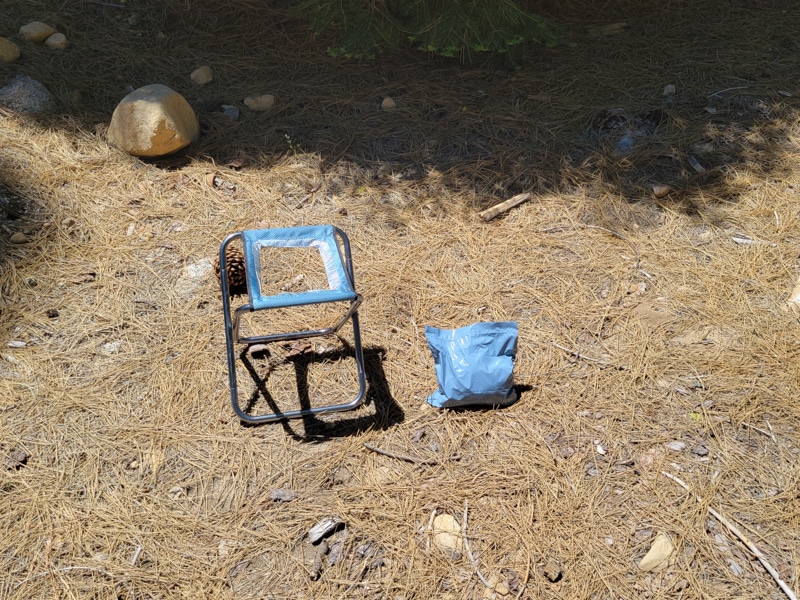
Bring Power: Batteries, Solar, or Both
Most people want a charged cell phone while camping for pictures, navigation, entertainment, and staying in contact if they can.
You’re not going to have access to power, so bringing portable batteries is a simple solution. They can be expensive if you need lots of power. Depending on how much power you need (read more about power stations for camping to determine your needs), you might use one or multiple batteries such as these.
On longer trips, you can consider adding a solar panel as well.
Bring a Satellite Communication Device
When I lead a camping trip with multiple cars and we’re not 100% sure where we are camping, I always make sure I have a satellite communication device.
I’ll drive out a few hours earlier and once I find an awesome free camp, I will send my location via my Garmin InReach.
It’s great for communicating camping coordinates, but more importantly, it allows me to communicate emergencies where I have no cell service.
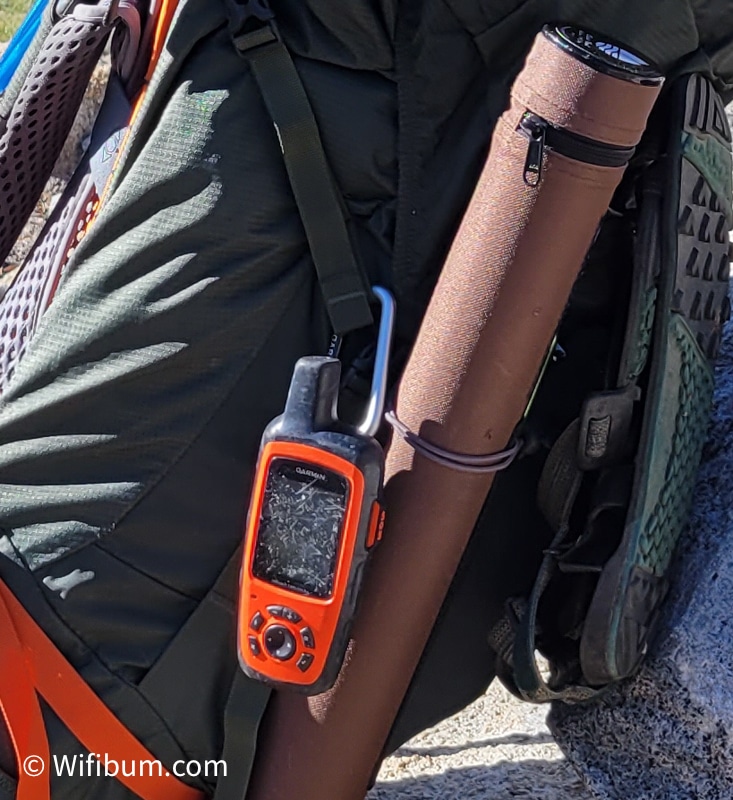
The battery lasts for days and is a great backup incase your cellphone dies.
I turn it on and bring it with me on hikes and bike rides so my girlfriend could easily locate me if needed.
If you do any backcountry adventuring or camping, it’s always good to have this for medical or vehicle emergencies.
Bring a Full-Sized Spare Tire if You Can
I learned this the hard way.
I got a flat tire in Escalante, UT while a family member was visiting. Instead of a fun trip, it turned into putting on a spare and driving backroads to get somewhere to stay.
Since it was Sunday in Utah, nothing was open and we wasted a full day.
To avoid spoiling future trips, I spent $150 on a full-sized spare tire.
In a Subaru Forester, I removed all foam material where the small donut tire was stored and it could fit a full-sized tire.
Now, if I get a flat, at least I can get a real tire back on and drive more safely if I’m a long way from help.
Other Ideas on Dispersed Camping Gear
Make sure to have room for your trash. A beginner mistake is packing your vehicle to the brim. It’s easy to pack everything nicely at home, but fitting everything back on the way home can be more difficult.
Leave a bit of extra space to pack for trash bags and other disposables.
